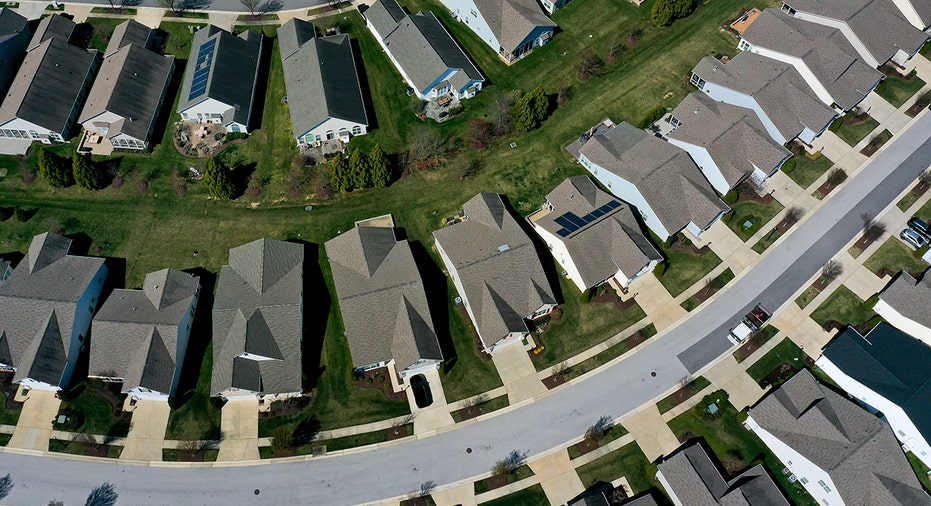Mortgage rates ease for third straight week
Average long-term mortgage rate fell to 6.67% this week
Jillian Mariutti-Nieder on real estate: There is a supply-and-demand issue
JLL Capital Markets senior director Jillian Mariutti-Nieder discusses shifts in commercial real estate stocks on 'The Big Money Show.’
The average long-term U.S. mortgage rate fell again this week, a welcome boost for homebuyers facing a housing market that’s been held back this year by a tight inventory of homes for sale, according to weekly data compiled by mortgage buyer Freddie Mac.
The rate on the 30-year fixed mortgage fell to 6.67% this week from 6.69% a week ago. One year ago, it averaged 5.81%.
With the latest drop, the average rate on a 30-year mortgage is now at its lowest level since the last week of May, when it was at 6.57%.
"Mortgage rates slid down again this week but remain elevated compared to this time last year," said Sam Khater, Freddie Mac’s chief economist.
Homes in a new development in Eagleville, Pa., are shown on Friday, April 28, 2023. | AP Newsroom
ADELE TOLD SYLVESTER STALLONE 'NO DEAL' ON BUYING LOS ANGELES MANSION WITHOUT 'ROCKY' STATUE
The average rate on a 30-year home loan is still more than double what it was two years ago, when the ultra-low rates spurred a wave of home sales and refinancing.
"Potential homebuyers have been watching rates closely and are waiting to come off the sidelines. However, inventory challenges persist as the number of existing homes for sale remains very low," Khater continued. "Though, a recent rebound in single-family housing starts is an encouraging development that will hopefully extend through the summer."
The average rate on a 15-year fixed mortgage fell to 6.03% this week from 6.10% a week ago. At this time last year, the 15-year fixed-rate mortgage averaged 4.92%.
The far higher rates now are contributing to the low level of available homes by discouraging homeowners who locked in those lower borrowing costs two years ago from selling.
The dearth of properties on the market is also a key reason sales of previously occupied U.S. homes fell for the third month in a row in May, the National Association of Realtors said Thursday.
FED OFFICIALS SIGNAL RATES MAY NEED TO GO HIGHER TO FIGHT INFLATION
Low mortgage rates helped fuel the housing market for much of the past decade, easing the way for borrowers to finance ever-higher home prices. That trend began to reverse a little over a year ago, when the Federal Reserve began to hike its key short-term rate in a bid to slow the economy to lower inflation.
Global demand for U.S. Treasurys, which lenders use as a guide to pricing loans, investors’ expectations for future inflation and what the Fed does with interest rates influence rates on home loans.
CLICK HERE TO GET THE FOX BUSINESS APP
The Associated Press contributed to this report.


